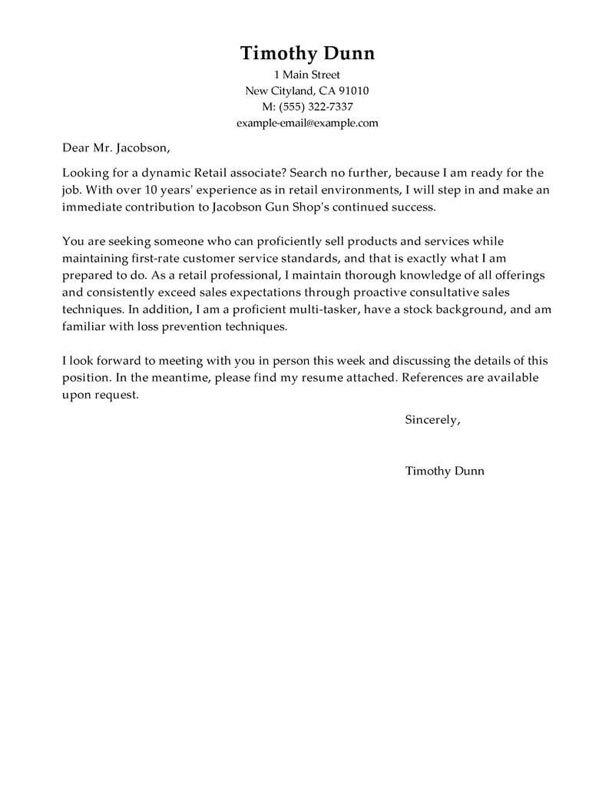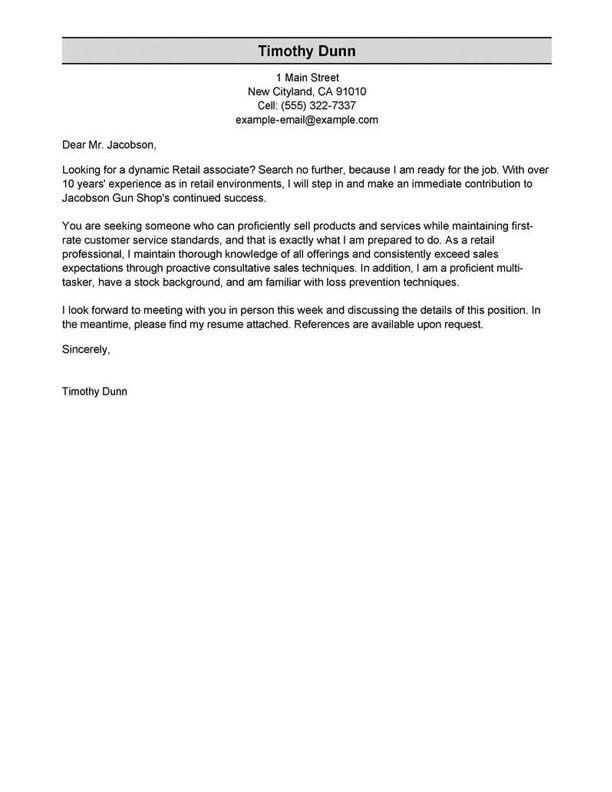TABLE OF CONTENTS
Home Health Care Aide resume summary examples
To make your resume pass the seven seconds recruiters spend eyeing a resume, write an impactful resume opener.
The resume summary consists of a two to three-sentence paragraph introducing yourself to potential employers by featuring your top skills and professional abilities.
Think of it like a business pitch. Your knowledge and experiences are the product you have to sell to the investor, in this case, the employer.
If you have plenty of work experience in your desired field, choose the professional summary approach.
If this is your first time applying for a Home Health Care Aide position, use the objective statement, which allows you to share your skills as they relate to your career goals.
You can compare these two approaches in the examples below to determine which is better for your situation.
Good example:
“ Highly experienced Home Health Care Aide with over 5 years of experience providing compassionate and personalized care to elderly and disabled patients. Proven ability to manage a wide range of medical tasks, including medication administration, wound care, and mobility assistance. Adept at developing strong relationships with patients and their families, and providing support and guidance to ensure the highest quality of care.”
Why this example passes:
- Feature candidate’s success statistic to grab attention. Numbers add detail about how big the results you deliver are, e.g., test scores, passing rate and more.
- Shows career length, 11 years.
- Mentions employer-desired skills: student motivation and interactive lessons.
Bad example:
“ I am a hardworking Home Health Care Aide with experience in providing care to patients. I am passionate about helping others and strive to make a difference in their lives. I am committed to providing quality care and support to my patients.”
Why this example fails:
- Doesn’t include any numbers that quantify home health care aide’s performance
- Uses vague descriptions and skills.
- Doesn’t include years of teaching experience.
The fastest way to write your professional summary
Impress employers by featuring must-have skills for a Home Health Care Aide and achievements that make you an irresistible employee. Find the best content suggestions for your professional summary in our Resume Builder that will wow recruiters.
- 1
Enter the details about the job title you held. The builder comes preloaded with auto-suggested phrasing written by resume experts.
- 2
Then, just pick from these suggested phrases that best frame your experience and customize them to your liking!
- 3
All you have to do is choose the summary phrases that best frame your experience. It’s like having a professional do it for you!
You can take advantage of the expert-written phrases you’ll find in our Resume Builder or go the extra mile and use our professional resume-writing services. LiveCareer offers many options for all applicants wanting an effective resume that lands jobs!
The reviews are in!
See what they're saying about us on Trustpilot.
Home Health Care Aide resume work experience examples
One of the most fundamental sections of your resume is the work experience. Including skills and accomplishments in your work experience section relevant to your Home Health Care Aide role is critical to writing a resume. Compare these work experience examples to understand what information to include to make a job-winning resume.
Good example:
Johnson Consulting I Rolling Meadows, IL I 8/2018-current
- Assisted elderly clients with daily living activities such as bathing, dressing, and meal preparation
- Monitored vital signs and administered medications as directed by physicians
- Collaborated with healthcare professionals to ensure the highest quality of care for clients
- Provided emotional support and companionship to clients and their families.
Why this example passes:
- Numbers and statistics add detail and quantify the results this home health care aide delivers: 4% improvement and a class size of 20-25.
- Good use of strong words and active language.
- References specialized value cahier provides with “individualized lesson plans.”
Bad example:
Malone Group I Redmond, WA I 4/2022-present
- Helped patients with daily activities
- Assisted with meals
- Changed bed linens
- Cleaned patient rooms
Why this example fails:
- Lacks numbers or statistics.
- Describes general tasks, not teaching achievements or career highlights.
- Uses active verbs, but doesn’t focus on results.
Home Health Care Aide resume skills examples
Here are 18 sample skills for home health care aide:
- Schedule Management
- Medical Charting
- Meal Preparation
- Medication Administration
- Care Plan Adherence
- Behavioral Management
- Case Management
- Progress Documentation
- Light Housekeeping
- Interpersonal Communication
- Patient Care
- Clinical Quality Program Standards
- Care Plan Management
- Patient Transport
- Community integration
- Personal care services
- Patient transportation
- Nutritional meal preparation
You should sprinkle skills and abilities throughout your resume. Include them in your professional summary, work experience blurbs and a dedicated skills section.
Examples of additional resume sections
Your resume must include the five main sections: contact information, professional summary, work experience, skills and education. However, you can also add different sections to show off more achievements.
Here are some examples of optional home health care aide resume sections that you could add to provide greater detail:
- Certifications
- References
- Photo
- Overview
- Languages
- Additional skills
- Accomplishments
- Professional experience
Only include additional sections that feature valuable information for your desired Home Health Care Aide job. If the information you want to add is irrelevant to the job, save that space for more relevant information.
How to choose a resume format
0-3
Years of experience
Functional formats
- Focus on skills.
- Best for first-time home health care aide who lack work experience.
- Good for people re-entering workforce.
- May omit dates in the work history section.
Organization:
- Skills listed above work experience.
3-10
Years of experience
Combination formats
- Balance skills and work history.
- Ideal for mid-career home health care aide.
- Suitable for career changers and people seeking promotion.
Organization:
- Skills next to or above work experience.
10+
Years of experience
Chronological formats
- Put the most focus on work history.
- Best for home health care aide with a long, steady career.
- Most popular format.
- Preferred by recruiters.
Organization:
- Work experience listed above skills.
Once you know the best format for you, it’s easy to pick a home health care aide resume template. Templates are preformatted layouts created by design professionals to ensure your resume looks amazing!
More Home Health Care Aide resume examples
Featured in:*

*The names and logos of the companies referred to in this page are all trademarks of their respective holders. Unless specifically stated otherwise, such references are not intended to imply any affiliation or association with LiveCareer.





